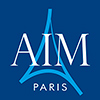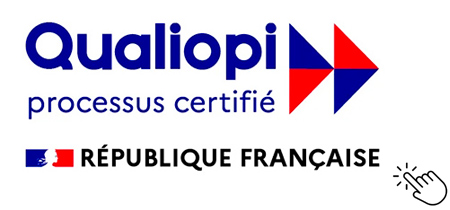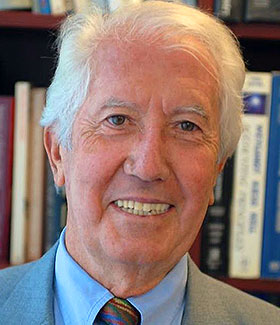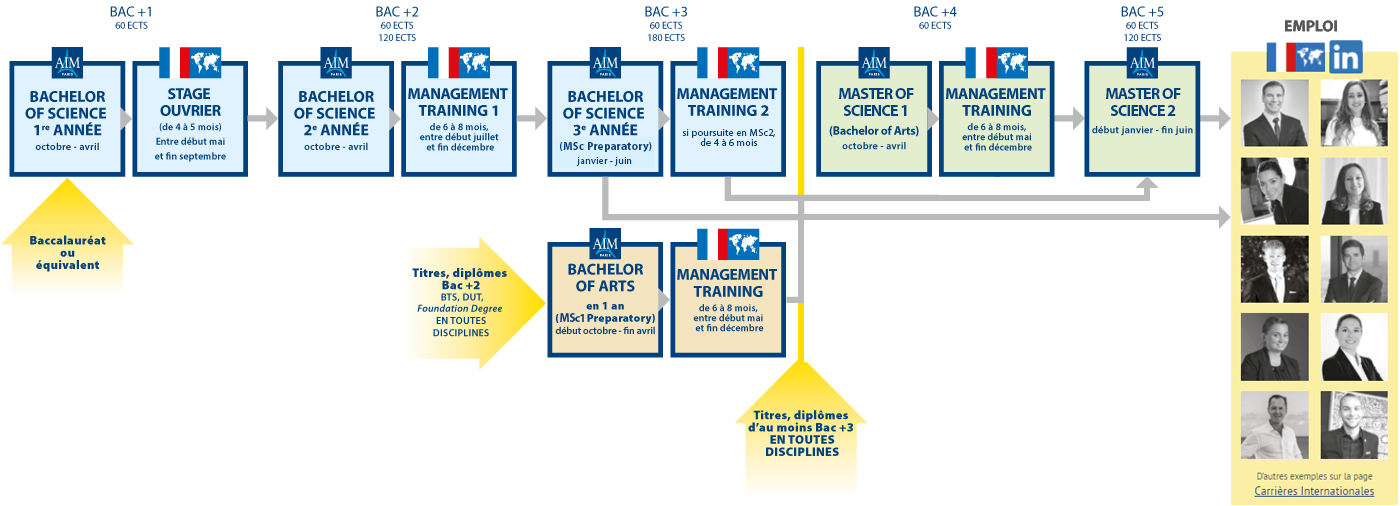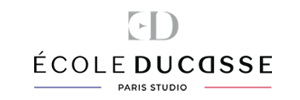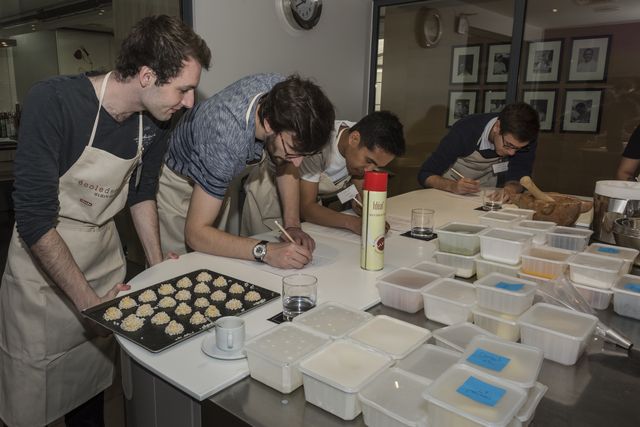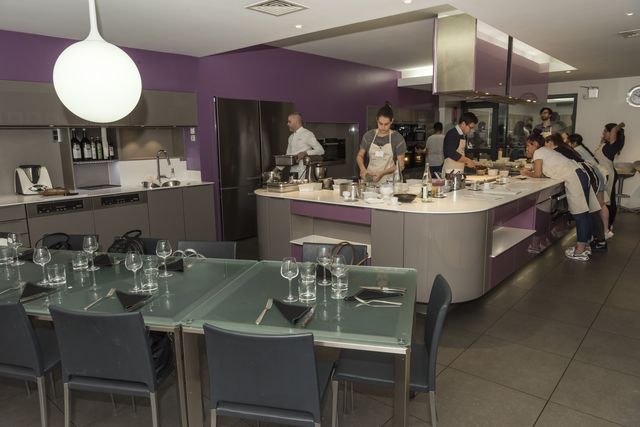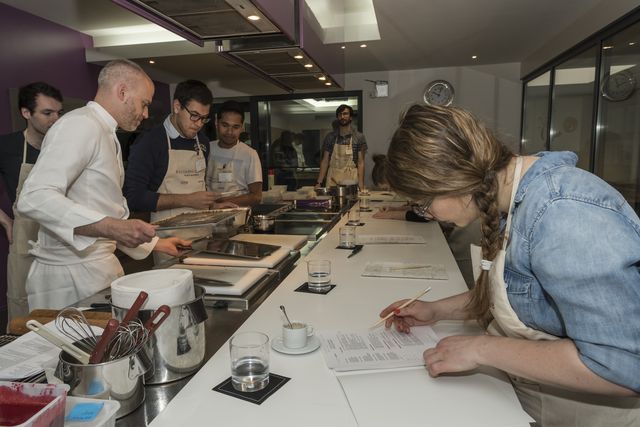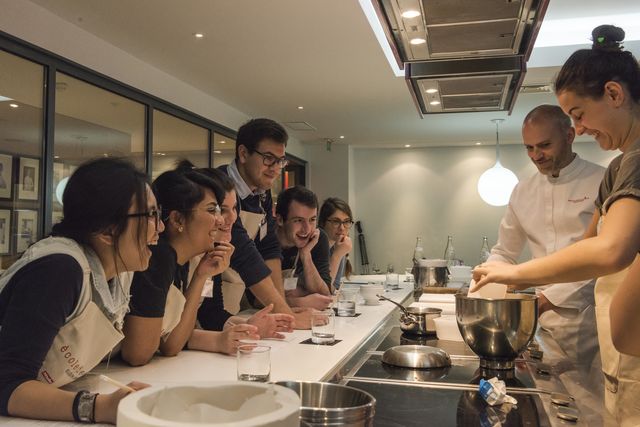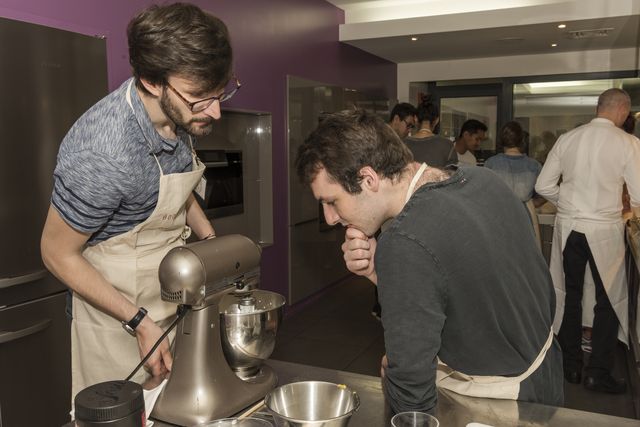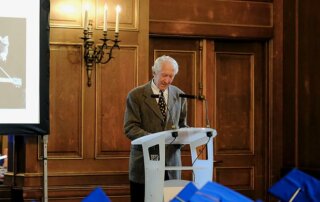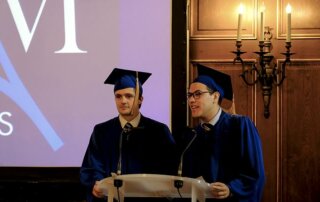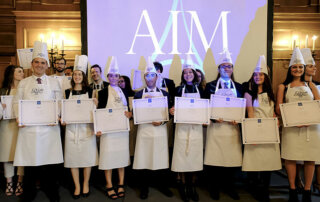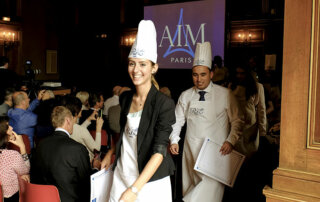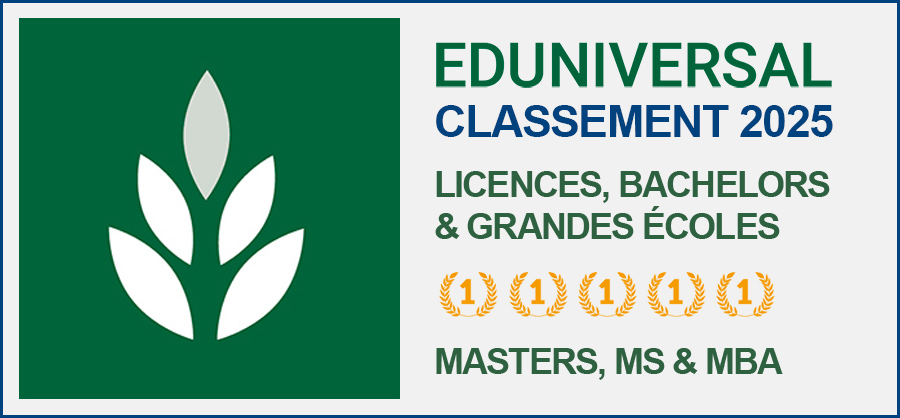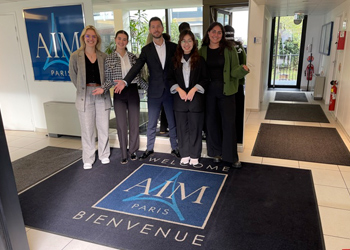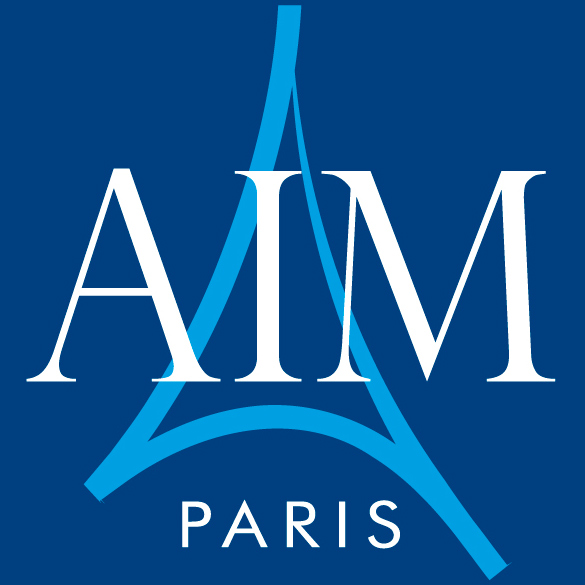Programme du Master of Science
Management hôtelier et tourisme
Prérequis : BAC +3 (Bachelor, Licence, Maîtrise, Masters en toutes disciplines), BTS en Hôtellerie/ Tourisme.
Durée du programme : 2 ans (6 mois aux titulaires du Bachelor of Science et Bachelor of Arts de l’AIM).
Début du programme : lundi 29 septembre 2025
Date limite de candidature : lundi 30 juin 2025, selon les disponibilités
Cours dispensés en anglais
(possibilité d’alternance)
Enregistrement renouvelé le 28 juin 2024 au RNCP (Niveau 7)
sous l’intitulé : Directeur d’établissement de luxe en hôtellerie internationale.
L’AIM propose une formation professionnelle spécialisée de haut niveau, dispensée en anglais ou en français, pour les fonctions de direction des grands hôtels internationaux et les postes de responsabilités dans les domaines liés au tourisme.
Les étudiants diplômés du Master of Science de l’AIM sont particulièrement appréciés par les recruteurs pour l’enseignement de qualité suivi en cours, enrichi par les stages de management en entreprise, qui les rendent opérationnels et en phase avec les besoins du marché du travail dès leur sortie de l’école.
Nota Bene :
Un enseignement unique, exclusif et concret. Depuis 1992, nous transmettons aux étudiants et aux professionnels :
– l’excellence du savoir-faire à la française en matière de luxe et de service, en collaboration avec les palaces parisiens et l’école de cuisine Ducasse – Paris Studio
– l’excellence de l’art du management à l’international avec un programme professionnel :
- élaboré avec AHLEI en collaboration avec les grandes chaînes hôtelières internationales,
- dont le contenu est régulièrement dispensé aux cadres de leurs départements opérationnels,
- dont l’AIM détient l’exclusivité pour l’offrir à ses étudiants.
Un contexte qui explique la grande facilité d’intégration dans ces établissements de nos diplômés, bénéficiaires de la version originale (en anglais) de ces formations dispensées par un corps enseignant hautement qualifié.
Patrick ROSIER
Direction des études
Organisation des études du MSc sur 2 ans
Présentation du Master of Science
Le Master of Science, continuation de notre Bachelor of Science (BS) dispensé depuis 1992, développe et approfondit le programme AIM-Bachelor of Science, plus particulièrement dans le domaine du management des établissements de luxe.
La formation est accompagnée des applications professionnelles dans le management :
- des hôtels internationaux de luxe, tout en permettant l’accès aux certifications de spécialisations professionnelles de l’organisme fédéral américain de l’hôtellerie AHLEI,
- des grands restaurants de luxe, sollicités régulièrement dans le cadre de leurs formations professionnelles par des responsables/ propriétaires des restaurants.
Les étudiants en Master of Science ont déjà un titre d’études supérieures, soit hôtelières (le Master of Science apporte un approfondissement de leurs connaissances), soit scientifiques, commerciales, littéraires, ou artistiques (le Master of Science correspond à un choix de réorientation).
Ils ont des connaissances en termes d’expérience professionnelle, de maîtrise des langues étrangères et de culture générale.
Matières enseignées
Calendrier académique
Deux années d’études supérieures intensives et spécialisées de haut niveau qui forment des cadres opérationnels pour les postes de responsabilités dans l’hôtellerie de luxe et le tourisme haut de gamme. Dispensée en anglais.
Master of Science 1
| oct. | nov. | déc. | janv. | févr. | mars | avr. | mai | juin | juill. | août | sept. | oct. | nov. | déc. |
| COURS (450h au minimum) | MANAGEMENT TRAINING * |
Vacances de Noël : 2 semaines selon le calendrier de l’Académie de Paris
Vacances d’hiver : 2 semaines selon le calendrier de l’Académie de Paris
*Management training : 6 mois en France, jusqu’à 8 mois à l’étranger
Master of Science 2
| janv. | fév. | mars | avr. | mai | juin | juil. | août | sept. | oct. | nov. | déc. |
| COURS (450h au minimum) |  MANAGEMENT TRAINING * |
*Management training : non obligatoire, mais pourrait se faire avec convention tripartite.
L’emploi du temps, pour les deux années, permet l’exercice d’activités rémunératrices dans la limite de 20h / semaine.
Des travaux en équipe

Des travaux d’équipes pour des projets concrets, avec des planifications rigoureuses nécessitant des connaissances approfondies, toutes dispensées durant le programme.
Une solide carrière internationale
Campus Langues
Grâce à la carte d’accès à la Bibliothèque de la CIUP offerte par l’AIM, les étudiants ont la possibilité de se perfectionner dans la langue étrangère de leur choix parmi un catalogue de plus de 26 langues.
Formation et perfectionnement de 26 langues étrangères
Au sein du campus de la Cité Internationale Universitaire de Paris, l’Espace langues accueille les étudiants de l’AIM du lundi au vendredi et leur garantit d’excellentes conditions d’apprentissage des langues étrangères : langue générale, langue des affaires, grammaire, expression et compréhension écrite et orale, prononciation et perfectionnement.
Sont essentiellement dispensés par l’Espace langues :
français
anglais
espagnol
italien
portugais
turc
arabe
hébreu
chinois
farsi
ourdou
néerlandais
japonais
coréen
arménien
hindi
russe
grec

Certifications professionnelles
L’AIM bénéficie d’un partenariat avec l’association américaine AHLEI attestant que les formations dispensées à l’AIM répondent aux plus hauts standards internationaux en matière d’enseignement supérieur.
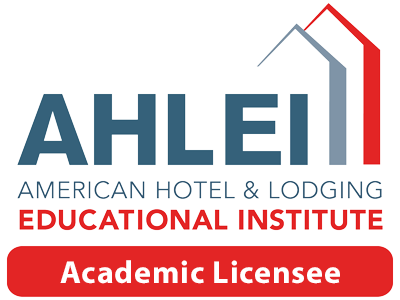
Professional Certifications
In International Hospitality Management
Ces certifications professionnelles reconnues internationalement sont accessibles à tous nos étudiants pendant leurs études.
Particulièrement destinées aux professionnels en exercice afin d’élargir leurs connaissances, elles permettent à nos étudiants d’accéder rapidement aux emplois au niveau international selon leur profil.
Un partenariat exclusif en France entre l’AIM et l’Association Fédérale Américaine de l’Hôtellerie AHLEI.
L’AHLEI fait autorité dans le monde entier en matière de conseil et de mise en place des meilleurs outils de gestion dans les plus grandes chaînes hôtelières internationales.
Pour n’en citer qu’un, le Uniform System of Accounts for Hotels, plan comptable de l’industrie hôtelière qu’il a conçu et édité, est utilisé par tous les grands établissements, aussi bien en France qu’au niveau international.
Fin du programme
Célébration de fin d’études
Chaque année les étudiants célèbrent la fin de leurs études avec leurs parents, leurs amis et l’équipe pédagogique et administrative de l’AIM, dans la salle Honnorat de la CIUP (Cité Internationale Universitaire de Paris).
